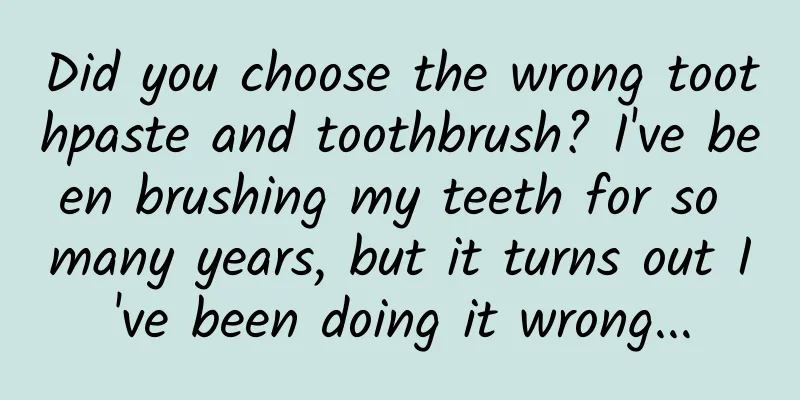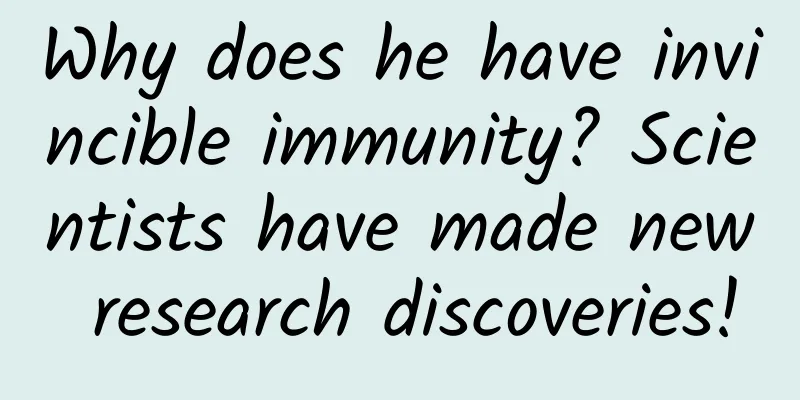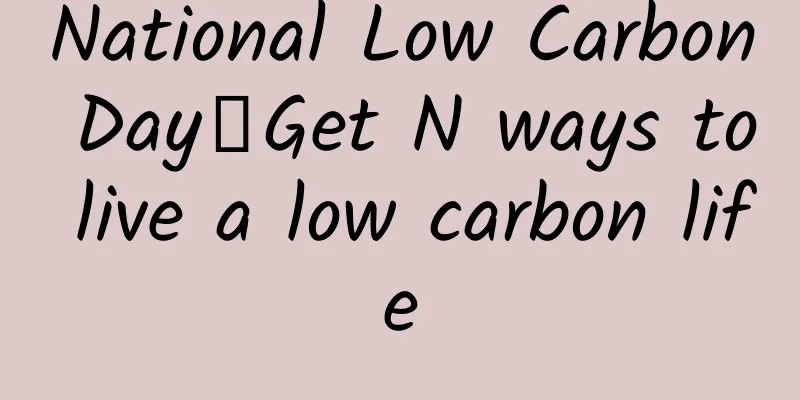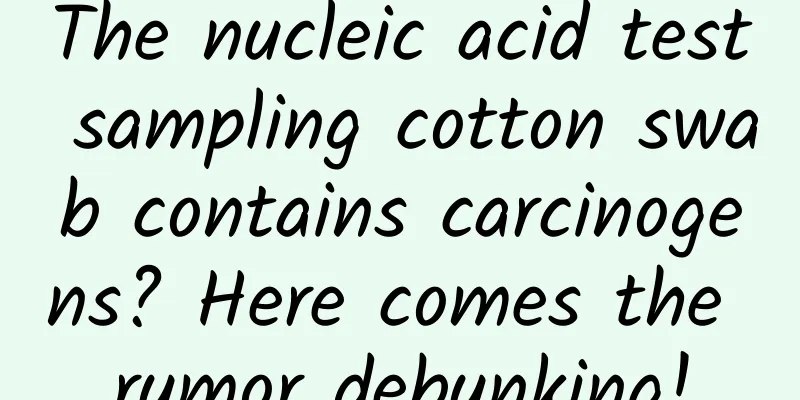Did you choose the wrong toothpaste and toothbrush? I've been brushing my teeth for so many years, but it turns out I've been doing it wrong...

|
Compiled by: Gong Zixin Effective brushing It not only reduces the risk of bad breath, yellow teeth and tooth decay It can also reduce the risk of type 2 diabetes and cardiovascular disease and risk of chronic diseases such as cognitive decline However This is the daily routine since childhood. Most of us are doing it wrong recently A Swedish study #The most important part of brushing teeth is not the teeth# sparked heated discussion among netizens The study found that only one in 10 people know how to brush their teeth properly . Josefine Hirschfeld, an academic clinical lecturer in restorative dentistry at the University of Birmingham in the UK, said this is true for the vast majority of people in any country. So what are most of us doing wrong and how can we change our daily habits to ensure we brush our teeth effectively? What is the right way? Many people know that brushing your teeth is all about removing food particles. "This is only partially true. It is more important to remove bacteria on your teeth," Hirschfeld said. These bacteria and other microorganisms grow inside everyone's mouth and form a sticky biofilm commonly known as dental plaque. It is made up of about 700 different species of bacteria, the second most diverse in the human body after the intestines, as well as many fungi and viruses. "They live in a sticky film that adheres to the teeth and soft tissues, which is not easily rinsed off and does require manual cleaning." In fact, the most important place to remove it isn't the teeth, but the gum line . That's where microbes are best able to infiltrate gum tissue and cause inflammation, and ultimately lead to diseases like periodontitis. In fact, "brushing your teeth" is a bit of a misnomer. "Think about brushing the gum line, not the teeth themselves," Hirschfeld says. It's important to note that brushing too hard, especially with stiffer bristles, can cause trauma to the gums . Small tears in the soft tissue caused by overbrushing provide an opportunity for bacteria to enter the bloodstream. Bristles grinding against tooth enamel can wear tiny grooves in the teeth, which can cause severe erosion over time. People who use manual toothbrushes generally brush harder than those who use electric toothbrushes, and many electric toothbrushes have sensors that warn you when the pressure is too high. How long should you brush your teeth? "Brush your teeth for at least 2 minutes each time, 2 times a day " is the recommendation of most national health organizations. But the trouble is, most people are not good at estimating the length of 2 minutes. According to different studies, the average duration of our actual brushing varies greatly, ranging from 33 seconds, 45 seconds, 46 seconds to 97 seconds. According to a study by Justus-Liebig University of Giessen in Germany, only about 25% of people brush their teeth long enough, with the right pressure and movements. There are a number of simple solutions: a miniature hourglass that you stick on your bathroom wall using a mobile app, an electric toothbrush with a built-in timer… Nigel Carter of the British Oral Health Foundation said that in general, the longer you brush your teeth, the greater the amount of biofilm removed, but the two minutes people think of is about the length of time it takes to get around all the surfaces of the teeth and gum line. However, for people with gum disease or other oral health conditions, it may take longer to ensure that biofilm is completely removed. “The truth is, the optimal brushing time is very individual,” Hirschfeld says. “It’s not really defined, and it can’t be defined, because everyone’s teeth and mouth are different. It’s important to clean all teeth, all surfaces of each tooth, including hard-to-reach areas — which can easily take longer than 2 minutes.” Before or after meals ? Is it better to brush your teeth before or after breakfast ? From toothpaste manufacturers to dental hospitals, many people advocate that brushing your teeth before breakfast is better than brushing your teeth after breakfast, but this remains controversial. "There's no particular strong recommendation, but many dentists will recommend brushing after breakfast because it not only removes plaque but also removes food residue from breakfast," Hirschfeld says. Whether it’s better to eat before or after breakfast depends on what and when you eat . That’s because biofilm formation requires two things: microorganisms and food for them to eat. "Without bacteria or food, there can be no cavities," Hirschfeld points out. "If you completely remove the bacteria before breakfast, then in theory it shouldn't matter how much sugar you eat. If there's no bacteria to ferment it, then it's fine. But removing 100% of the biofilm in one brushing before breakfast is by no means guaranteed, especially given that most people have questionable brushing habits." Likewise, brushing after breakfast can work well. "If there are sugars on existing bacteria and you brush them off, that should be fine." But one of the main drawbacks to brushing after breakfast is that you need to leave a good gap between eating and brushing —the American Dental Association recommends waiting 60 minutes . The reason is that the acids in food, as well as the acids in the byproducts of microbial digestion of carbohydrates, can temporarily weaken teeth. "The acid attacks the tooth's enamel layer and softens it over time, which strips away some of the key components of enamel - calcium and phosphates. Although these components are replaced by minerals in saliva within a few hours, the process is self-repairing. However, if you brush your teeth without waiting for this self-repair, the eroded surface will be easily brushed away." In fact, what’s more important than brushing your teeth before or after breakfast is brushing your teeth at night—the last thing you do before going to bed . What toothpaste and toothbrush to use? ** There are tons of different toothpastes on the market, from cavity prevention to whitening to sensitivity reduction, but some toothpastes literally "scratch your teeth"**, usually highly abrasive toothpastes labeled as "whitening". Especially when used with a hard bristle brush , it can be a "double the effort". It's a very slow process that takes years or decades. But over time, teeth wear down and then become very sensitive to temperature or the development of cavities. A toothbrush with medium-firm bristles, along with a toothpaste that doesn't contain small abrasive particles, is best for adults. A smaller brush head — which allows for more maneuverability around individual teeth — is also desirable, Hirschfeld says, and be sure to replace worn brush heads before the bristles become too misshapen. ****Powered toothbrushes are more effective than manual options. After years of studies showing no significant difference between the two, numerous meta-analyses have found modest evidence that powered toothbrushes are more effective at removing plaque . Part of the reason is that the oscillating motion is automatic and relies on less manual dexterity, and another factor is the size of the head. Many also have pressure sensors that light up when you press too hard, signaling a risk of damaging tooth enamel. “But if you use a manual toothbrush and you use it absolutely correctly in terms of brushing technique and pressure, you’ll get the same benefits,” says Hirschfeld. Which toothpaste to choose ? Hirschfeld stressed that among the long list of ingredients on the back of toothpaste, there is one ingredient that you need to pay special attention to: the fluoride content . "This is absolutely the key factor. It should be at least 1,350 parts per million (ppm) for adults and at least 1,000 ppm for children to protect the enamel from acid damage." Tooth enamel is the hardest tissue in the human body and one of the hardest in nature, but it dissolves easily in acid. Carter points out that saliva is a natural protective mechanism that inhibits bacterial growth and tooth decay . Saliva flow decreases at night, which is why it is important to remove all plaque before going to bed. Naturally occurring compounds in saliva can go some way to replacing lost minerals. In particular, if fluoride is present, tooth enamel is reorganized into fluorapatite, which is more acid resistant than hydroxyapatite. Spitting out toothpaste after brushing, but not rinsing your mouth, helps the fluoride stay on your teeth longer, providing extra protection. "Ever since fluoride was introduced into toothpaste, tooth decay rates have decreased wherever fluoride toothpaste is used," Hirschfeld said. What about mouthwash? Mouthwash isn't as effective as brushing at removing plaque, but when combined, it can remove more plaque than brushing alone , Carter said. "It's a very useful additional element, not to replace brushing, but as a complement." |
<<: Breaking through a 20-meter ice ridge! How does the Xuelong 2 polar research vessel break ice?
Recommend
Why are you wearing woolen pants under your skirt? Do other kids wear them like this?
Oh no, no, the wind lifted up the skirt of "...
Young stroke, how far are we from it?
Author: He Yanbo, deputy chief physician of Beiji...
Lots of useful information! How can interaction designers improve the controllability of products?
Interaction designers pursue the goal of providin...
Do not pick or eat poisonous plants on the plateau!
As the temperature continues to rise Spring on th...
3 major trends in social media operations in 2019!
The times are constantly advancing and trends are...
The "Nine-tailed Fox" who is unwilling to be a relative of human ancestors is not a good turtle
Starting from the birth of the first fish during ...
What sells well in the north in winter? What are the tastiest things to sell at street stalls in winter?
Winter in the north is a symbol of coldness. Wint...
When you are stressed, the changes that happen to your body may be more serious than you think...
Reviewer of this article: Chen Haixu, Deputy Dire...
4 simple ways to make rice dumplings, let’s make rice dumplings together!
The Dragon Boat Festival is coming. Every traditi...
What happened to Apple Pay’s promise of “one-third of the payment world” in its first 100 days in China?
"Since I started using Apple Pay, I only hav...
An information flow advertising landing page worthy of collection by all industry professionals
We all know that the task of most landing pages i...
How is it different from Alipay and WeChat? A detailed experience of the Digital RMB App
Finally, the region where I live has also started...
A brief discussion on the deep learning technology behind AlphaGo
Introduction: There are many comments on Alfa Go,...
Android custom thread pool programming practice
1. Introduction to Executor After Java 5, concurr...









